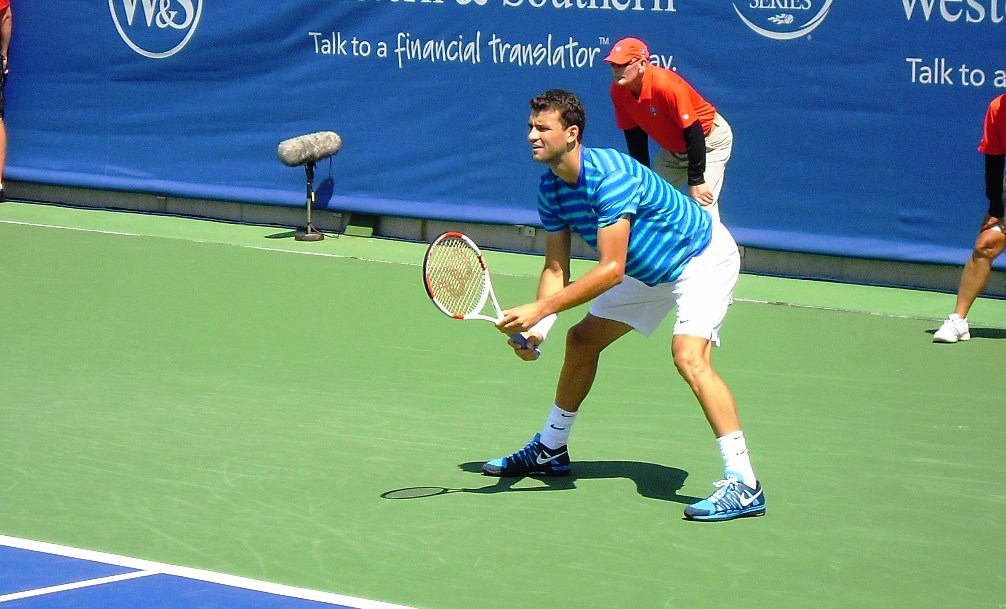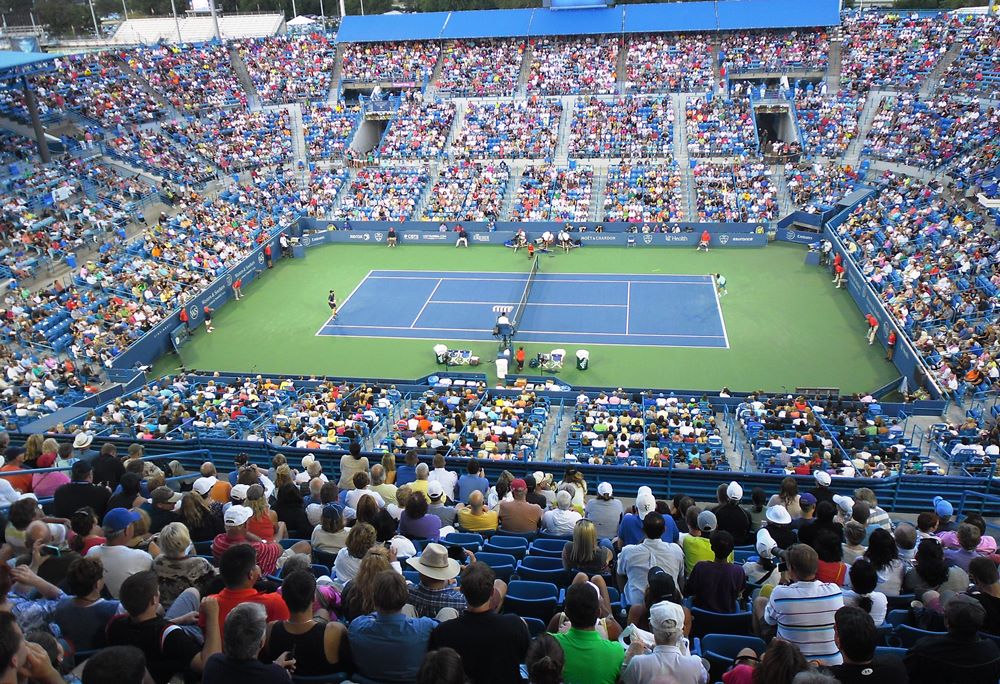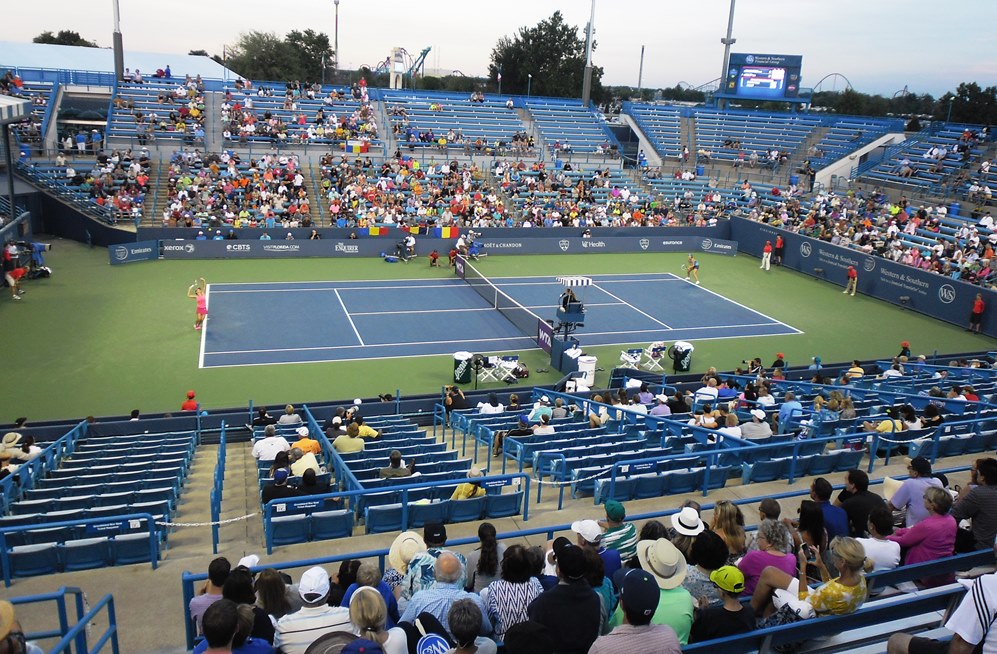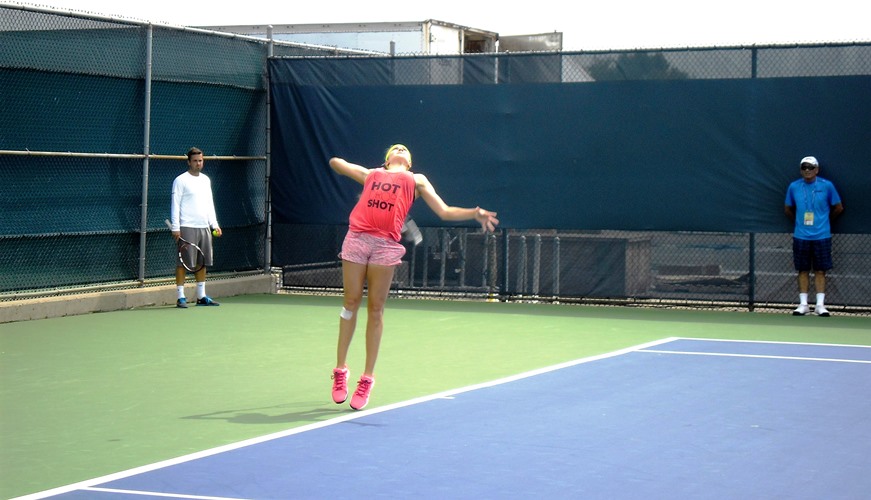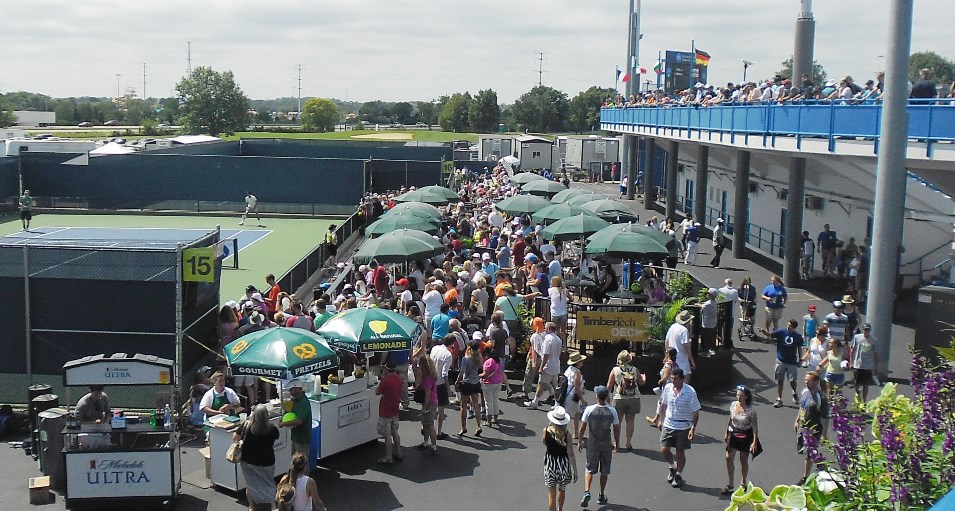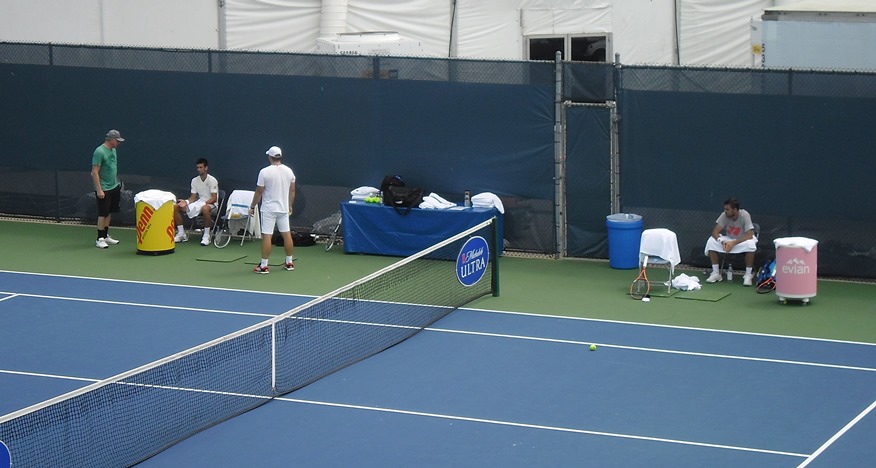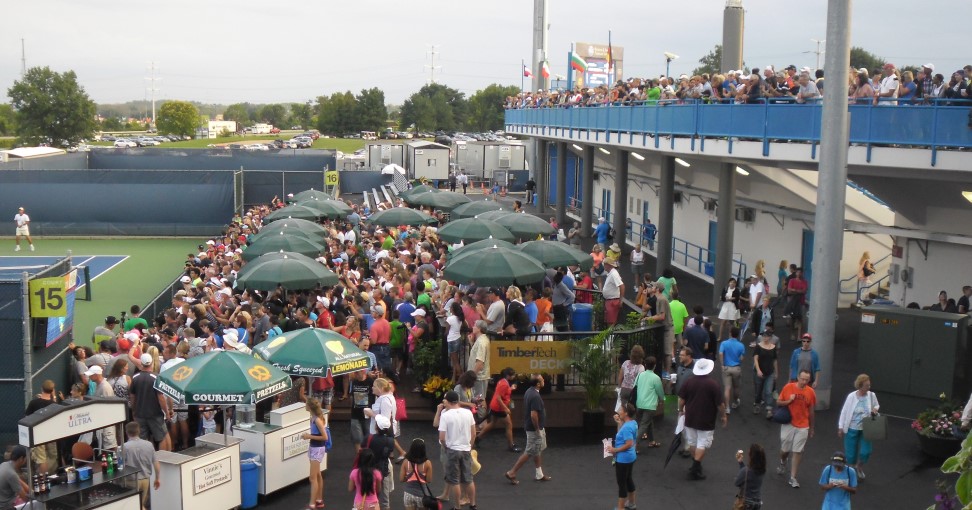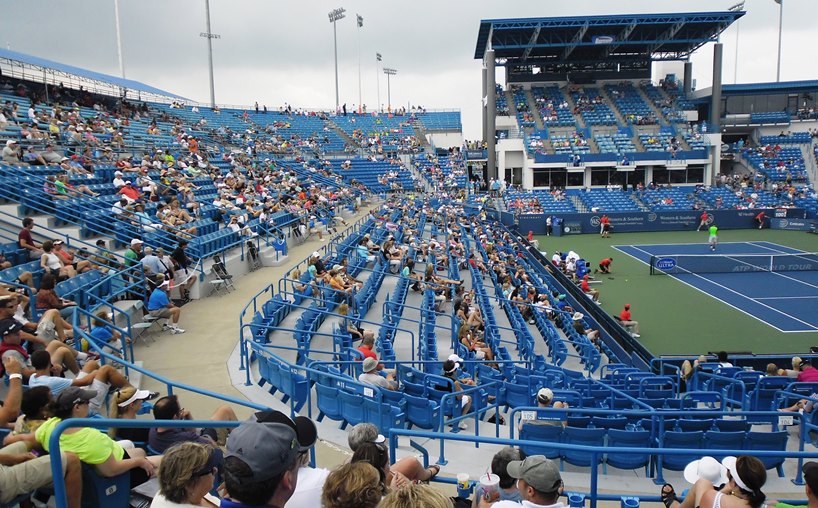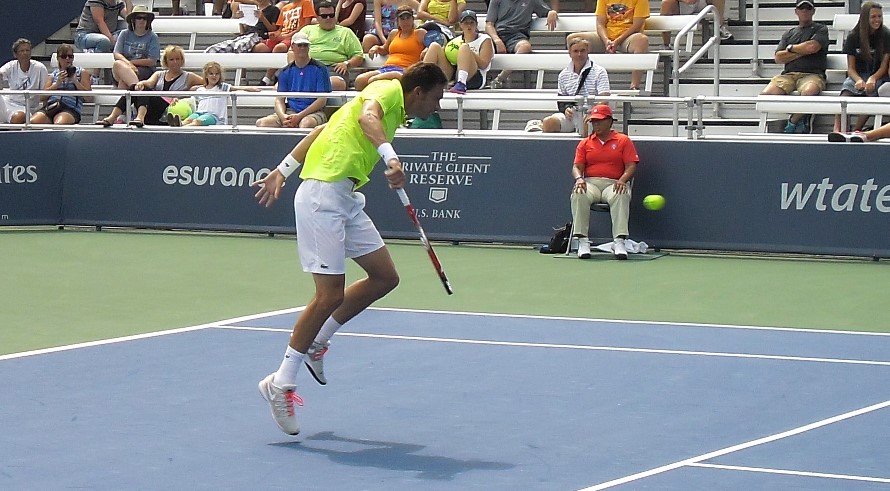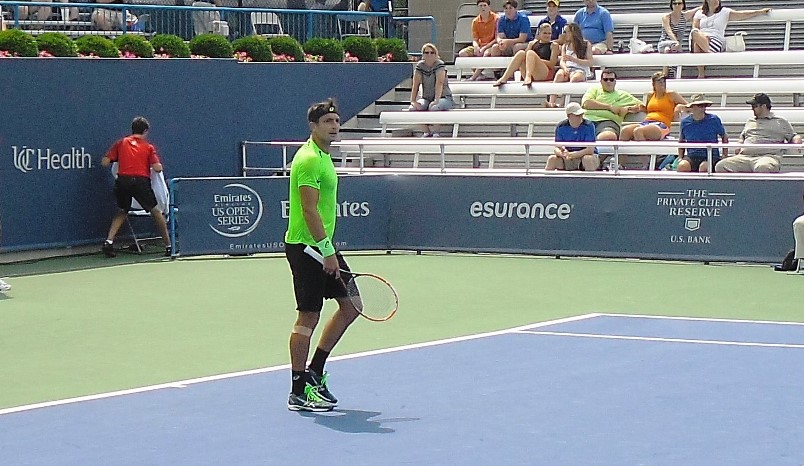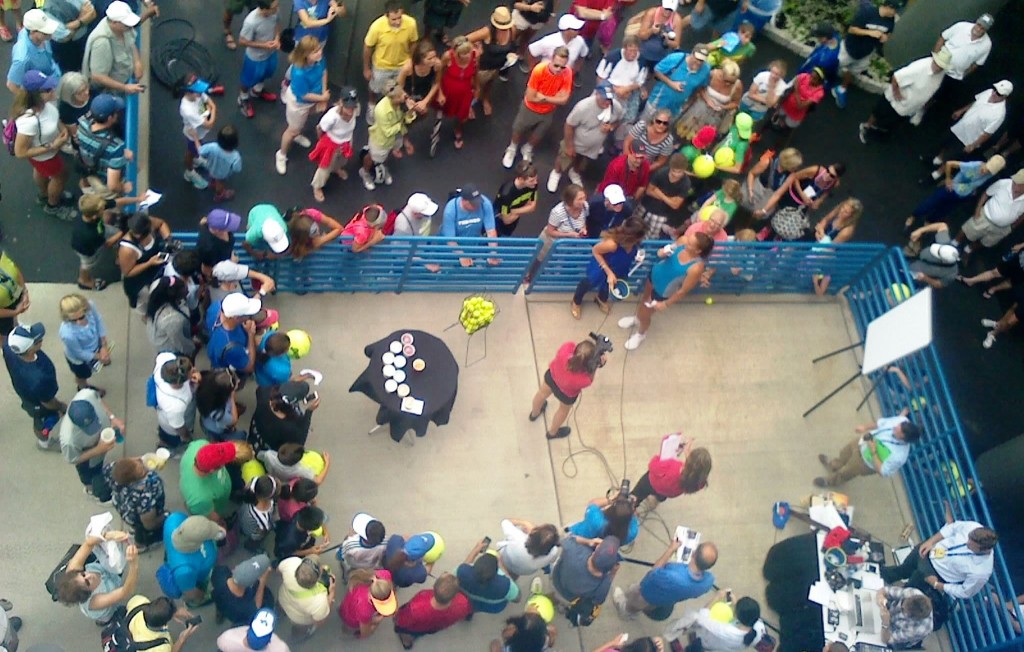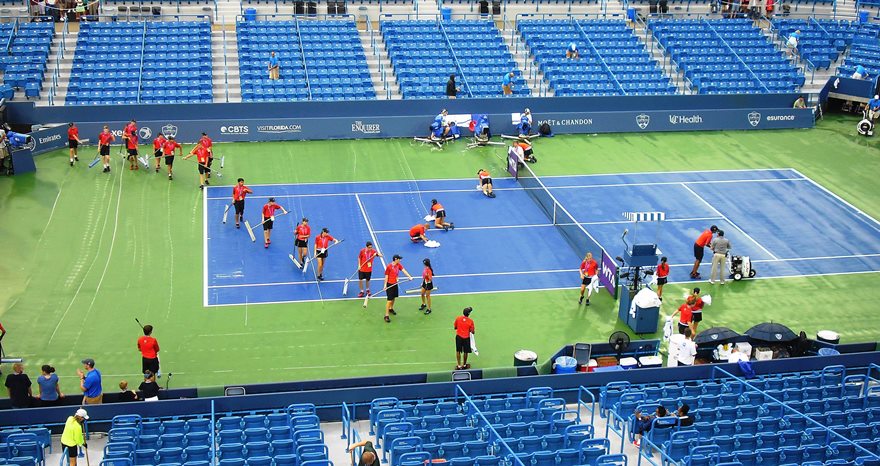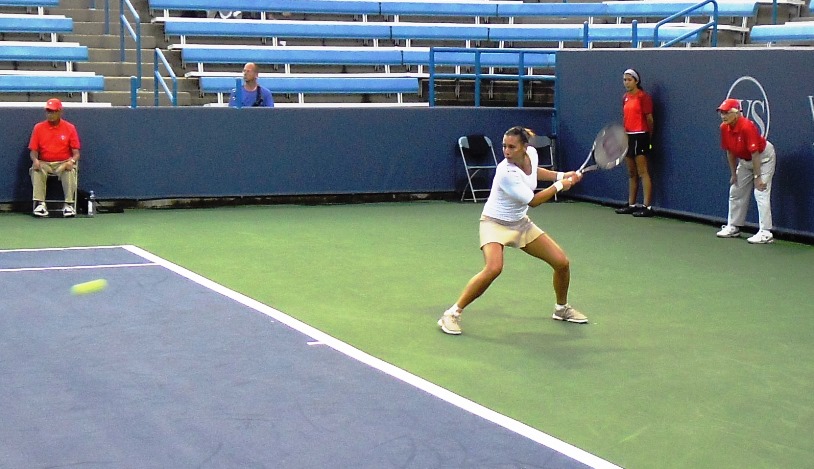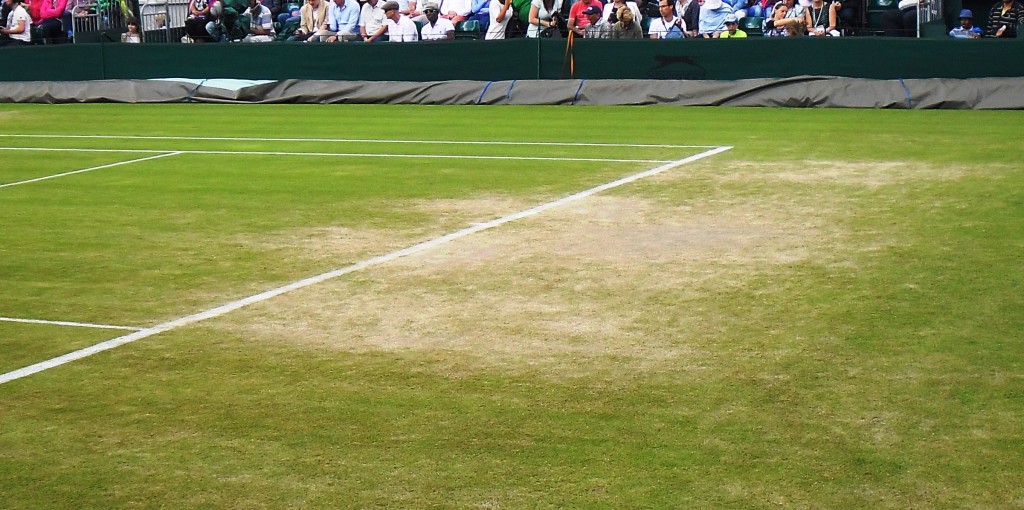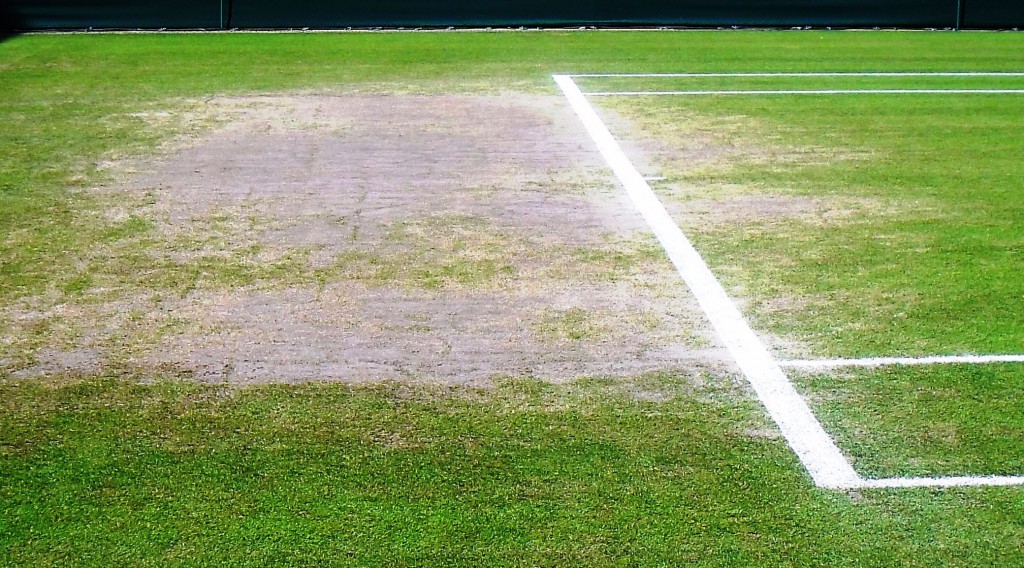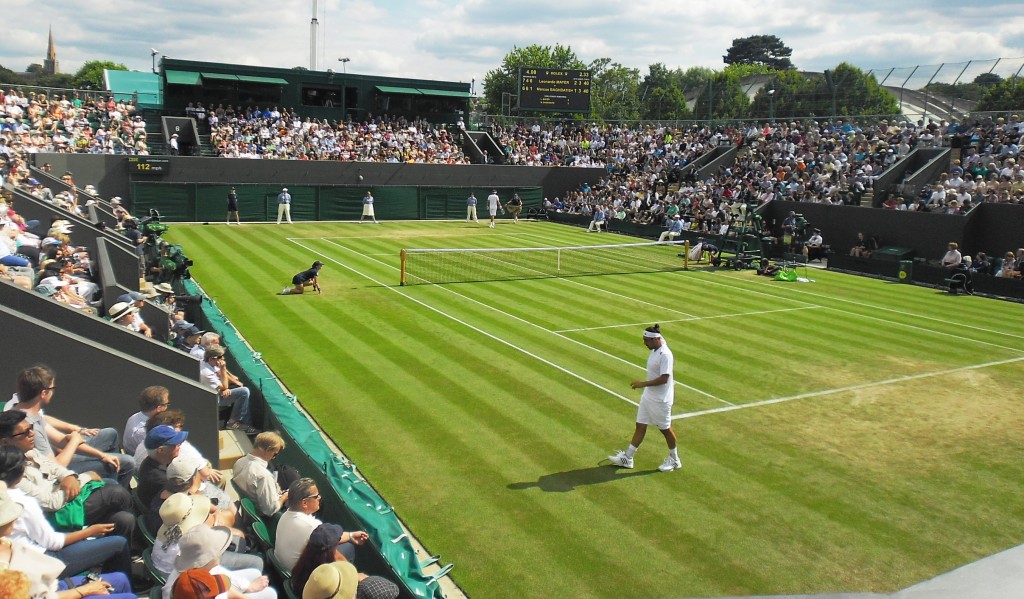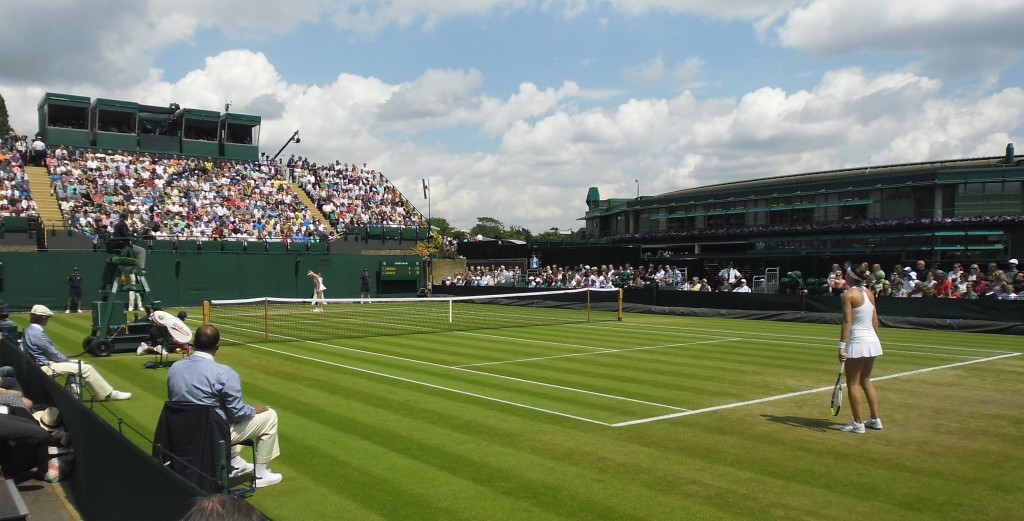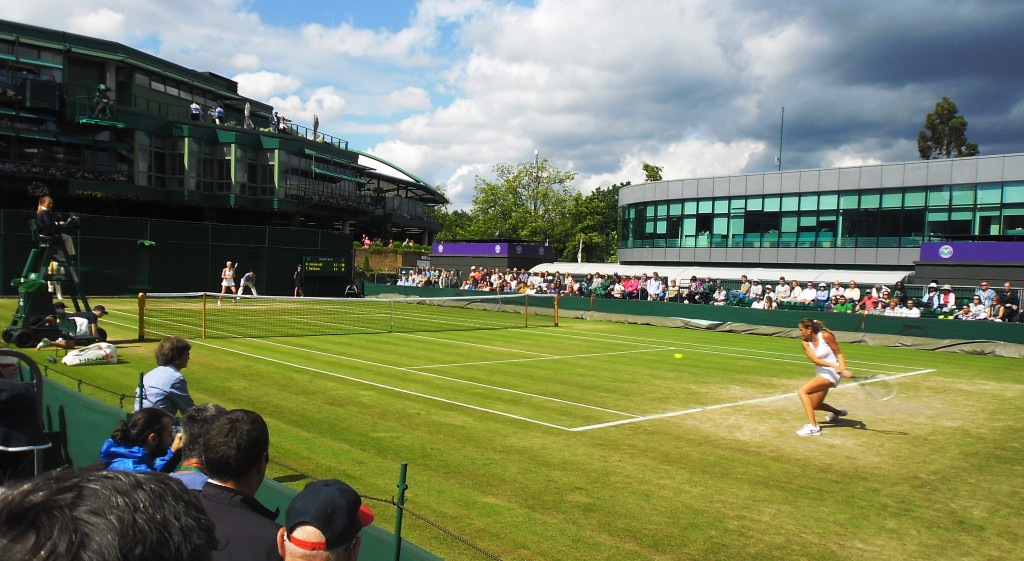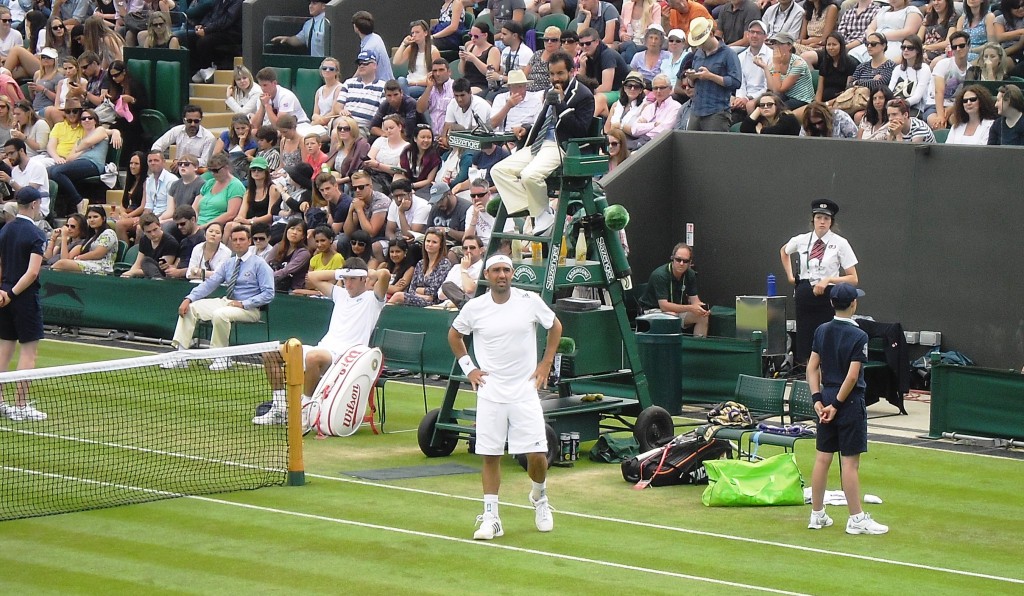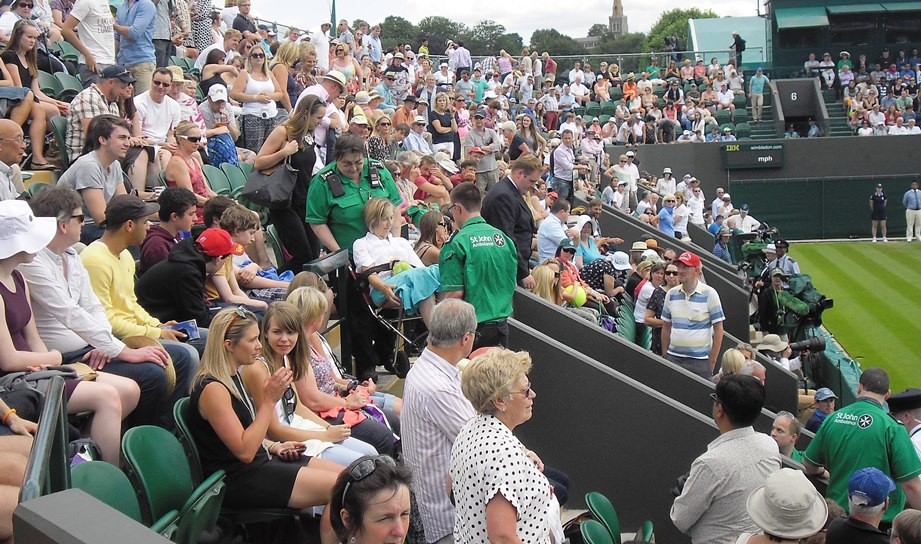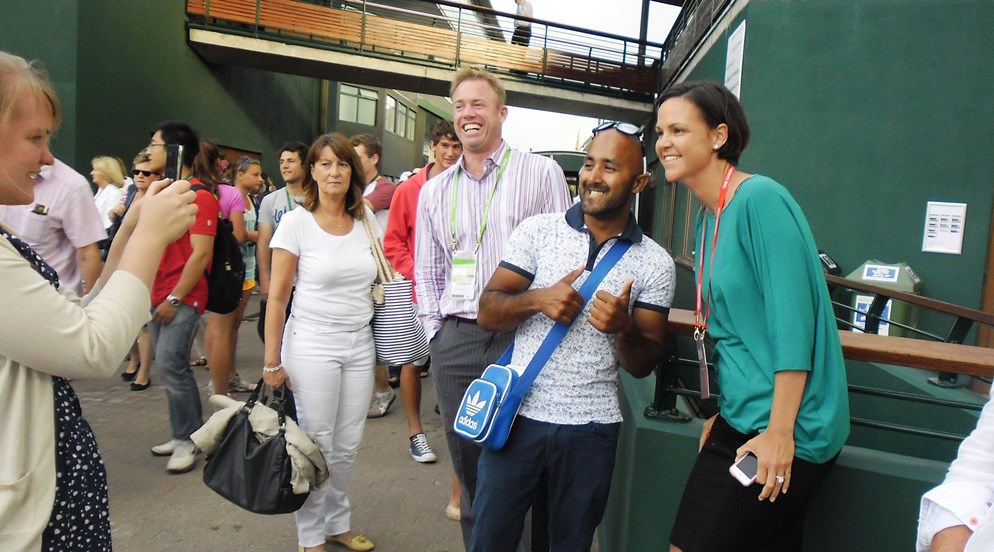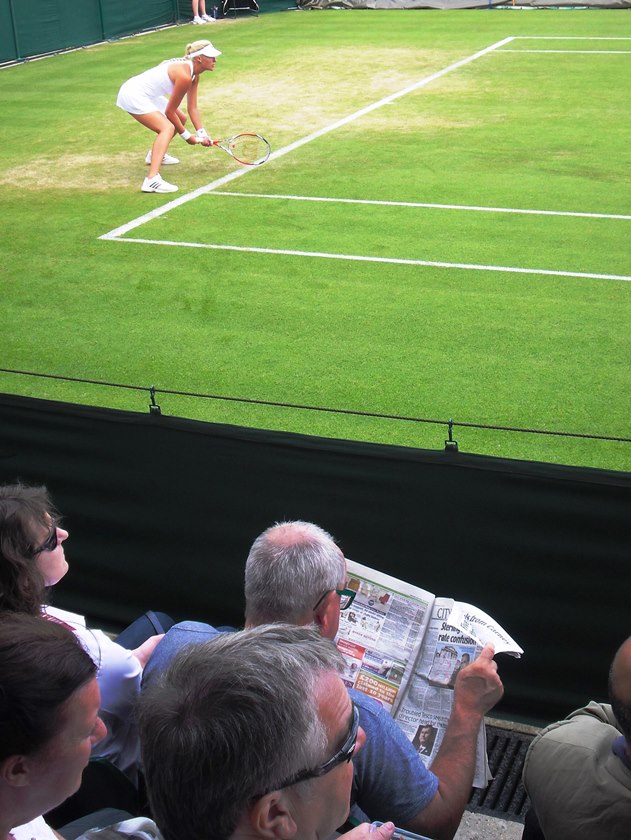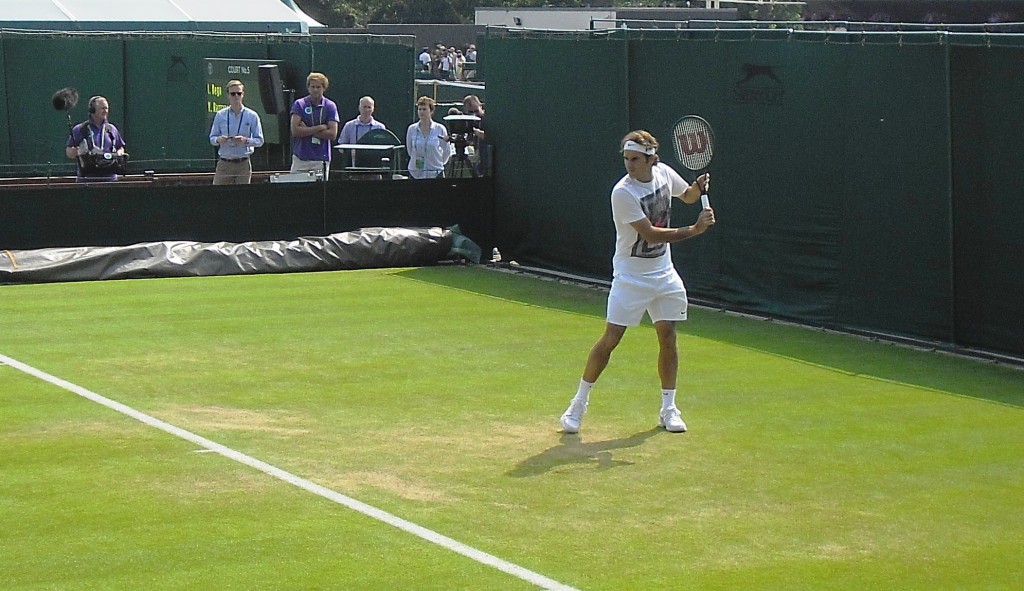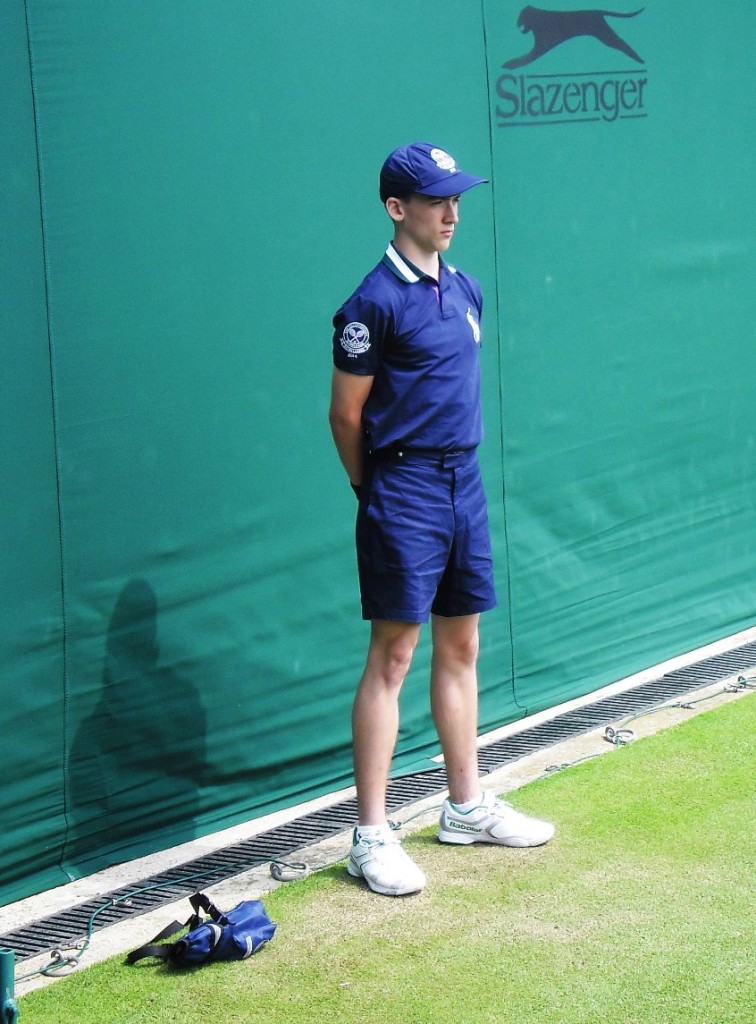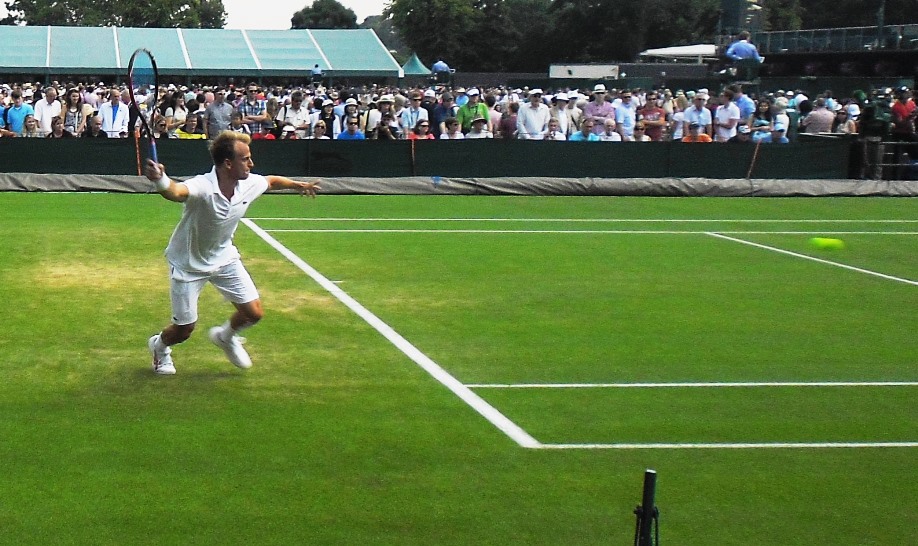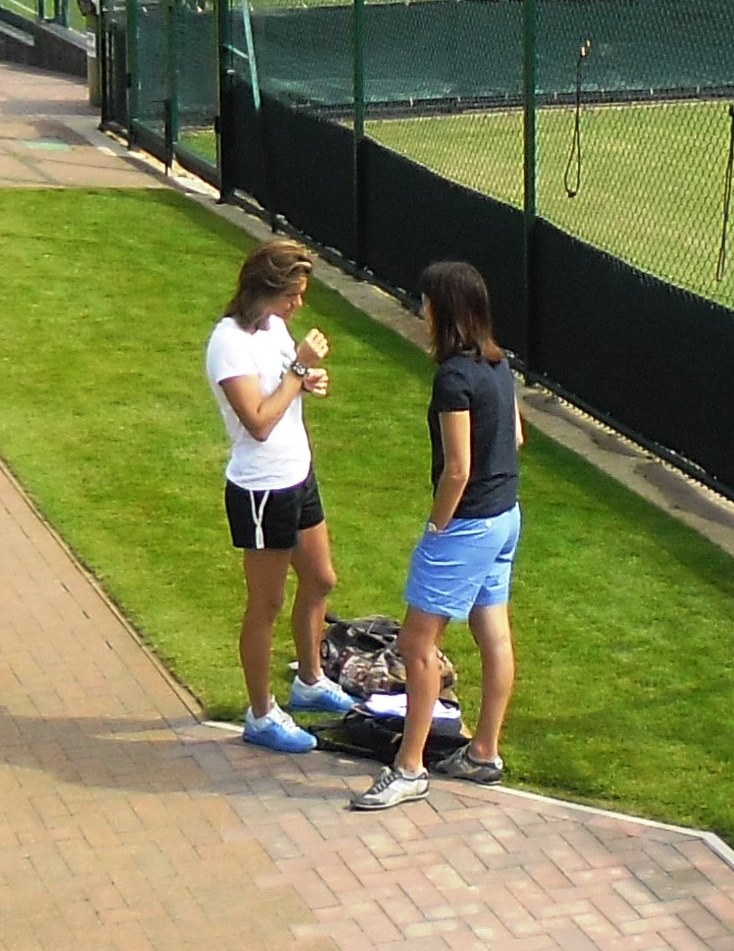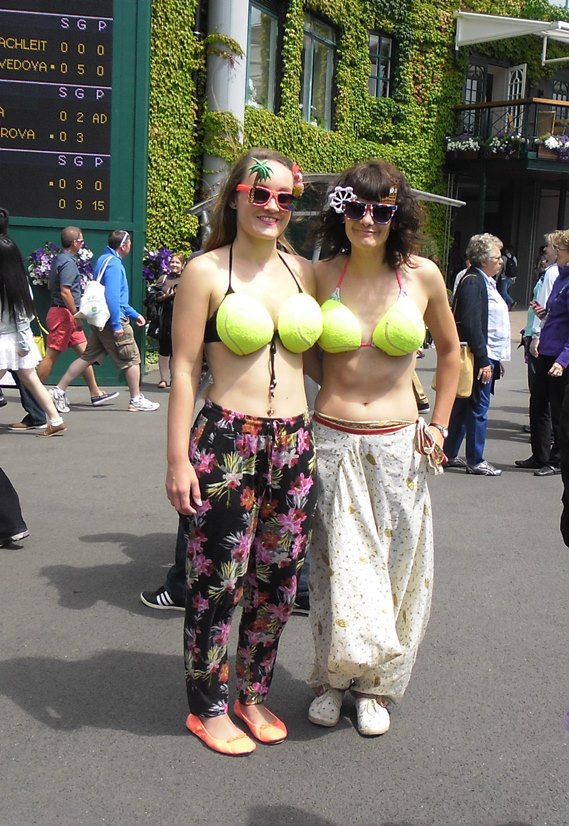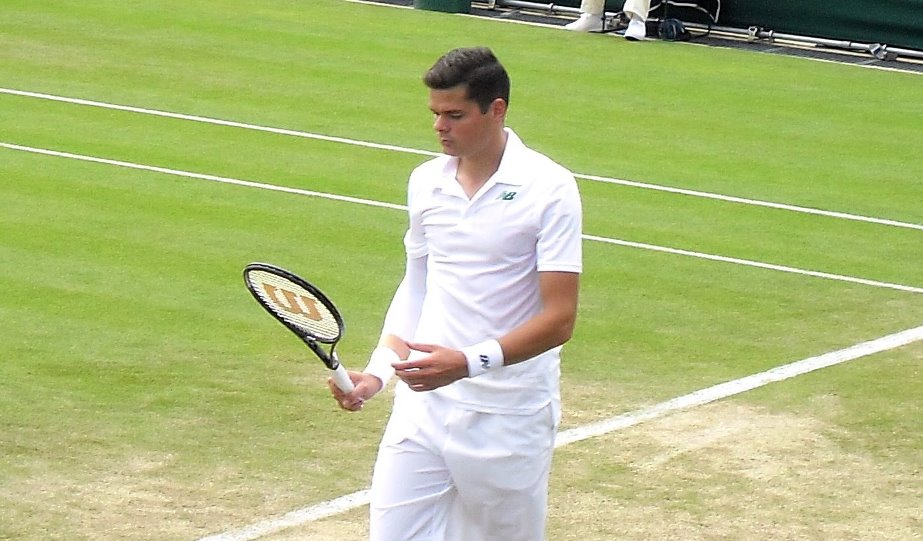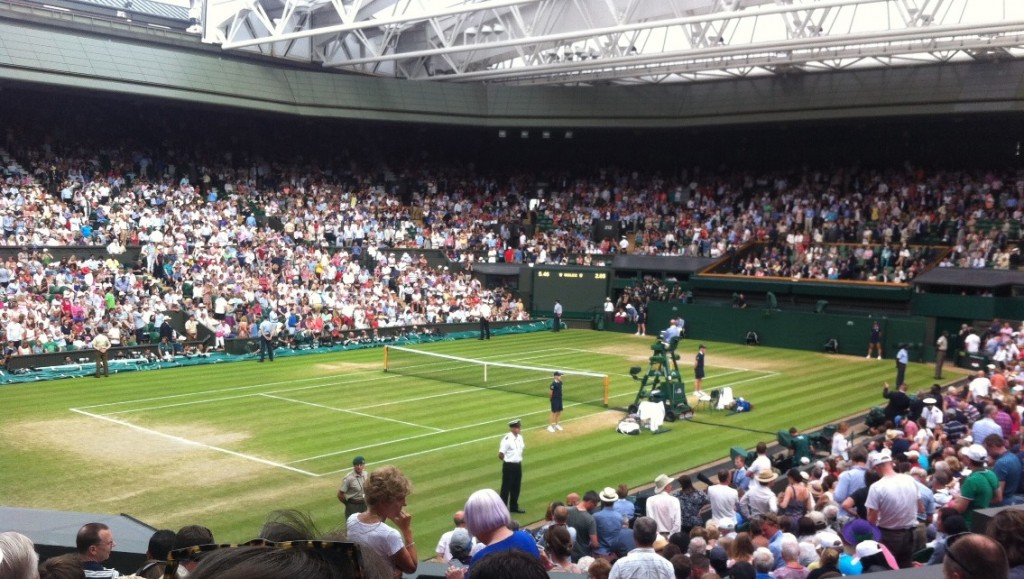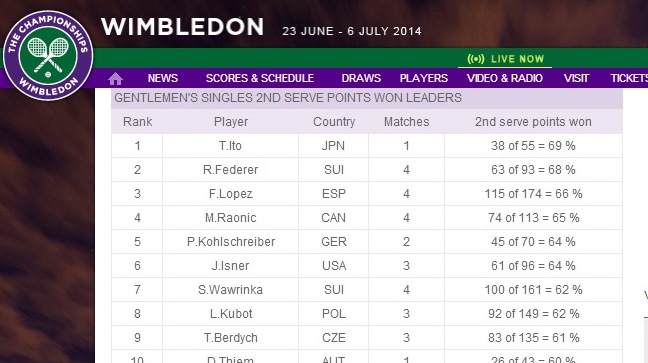Experts say that skin renews itself approximately every 28 days. In terms of tennis chronology, assuming that the period of dominance by a few elite players counts as a cycle, and looking at the pattern since the turn of the century, 28-day cycle of skin renewal in men’s tennis terms translates to… well, we do not know yet! The fact that there is nobody called Novak Djokovic, Rafael Nadal, or Roger Federer in the finals of a Slam tournament for the first time since the 2005 Australian Open does not necessarily point to the end of an era. In fact, one could argue that even in a tournament in which Nadal did not show up due to an injury, Djokovic looked like he has yet to recover from a dismal hard court summer, Federer played his worst tennis of the 2014 campaign, and Andy Murray ran into one of the other three in the quarterfinals, two of the big 4 names were still in the semi-finals.
That being said, the trend has arrived. In my last entry prior to the US Open, I predicted that this US Open was a great opportunity for an outsider to have a career tournament due to the lack of quality performance that the top-10 players have displayed through the tournaments prior to the Major in New York. At first glance, it looks like my prediction was spot on. We did have two outsiders battle in the men’s finals on Monday night, and in fact, I even counted Cilic’s name amongst the possible outsiders in the comments below. However, my premise was flawed. I assumed that it would happen because it was a ‘low’ period for the stars and that represented a window of opportunity for the newcomers. What I did not realize was to what point the transformation of the ATP’s composition of top players has begun. When I looked at 2014 as a season so far, it all became evident.
Yes, the skin is changing! When Stan Wawrinka won the Australian Open, most believed it was an anomaly. By the time Novak Djokovic won the two Masters Series tournaments in Indian Wells and Miami, people believed so much in the flash-in-the-pan nature of Wawrinka’s accomplishment that they have all but overlooked Kei Nishikori outplaying an in-form Federer in Miami. But the players did apparently take notice. Milos Raonic at Wimbledon, and Marin Cilic few days ago, have both pointed to Wawrinka’s victory as the day where they came to the realization that the “others” had a chance. They explicitly credited the Swiss for opening the door for them, at least mentally. When the clay-court season arrived, the so-called anomaly Wawrinka showed that he is not an anomaly, as he took the clay-court specialist and long-time top-6 player David Ferrer out in Monte Carlo, and then won the title against his good friend Federer in the finals. One week later, tennis fans were stunned for an hour and a half when they watched Nishikori ‘school’ (yes, that is the only term that comes to mind if you watched that segment) Nadal on clay in Madrid until a 6-2 4-2 lead, only to see his hopes of winning the title slip away due to an injury that forced him to withdraw from the match 0-3 down in the third after losing a painful seven games in a row.
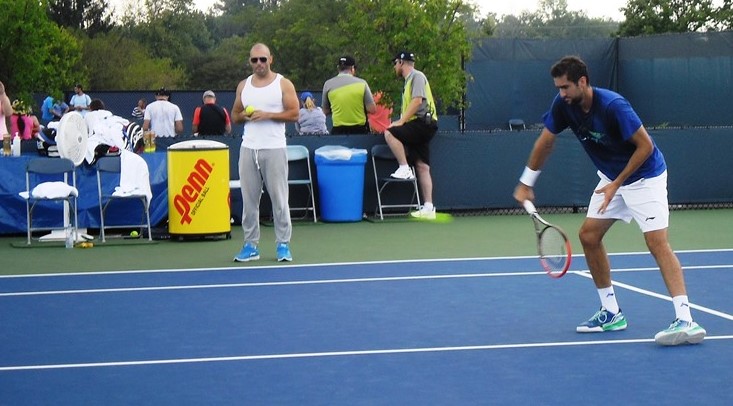 Marin Cilic practicing during the Cincinnati ATP tournament
Marin Cilic practicing during the Cincinnati ATP tournament
After Roland Garros showed that the big 4 were still able to dominate, Wimbledon confirmed the coming-of-age of few new faces. Milos Raonic and Grigor Dimitrov who have been knocking on the door of the top 10 reached the semi-finals, only to be reminded by Federer and Djokovic that they are not quite there, but very close. Wawrinka was anything but missing in action as some predicted, reaching the quarterfinals, only to lose to Federer in a tough four-setter. As to Nadal, he was knocked out early in the second week by another flashy newcomer, the Australian Nick Kyrgios. Now, the change of skin was becoming a reality. Wawrinka, Raonic, Dimitrov, Nishikori (the latter’s injury slowed his year down, but only temporarily) were here to stay. The change of skin was no longer an anomaly. Ernests Gulbis was one of those. An anomaly, an exception, highly unlikely to appear again in a semi-final or a final, even if the Big 4 put down their rackets today and never picked them up again. He has been around, operating below his potential for many years. Gulbis was one single anomaly; the rest represented the renewal of the faces of the ATP.
This U.S. Open confirmed the trend, stamped it, officialized it. Federer and Djokovic looked under-matched against two of the new faces, Nishikori and the big-serving Cilic. On the one hand, the next couple of years will make us appreciate how important Federer, Nadal, and Djokovic are to men’s tennis and to its explosion as a popular sport around the world over the last decade. ATP should forever be thankful to these great champions who will deservedly take their places in the historiography of the sport as the main representatives of second golden age of tennis, following the first during the late 70s and the early 80s. I doubt we will ever see such a dominant group of individuals whose equivalent of “28-day skin-renewal” in men’s tennis has yet to be determined, even after a decade. Yet, the end-of-the-year ATP Championships, as well as the Majors next year, will become bigger sources of anticipation as the fascinated tennis fan will now look forward to discussing who will get to the semis, which player will enter top 5, or who will win their first Major title, rather than guessing who out of the big 4 will win the next Major title. This is not to say that one option is less entertaining than the other. It’s just that the latter question has thrilled us for so long that I now predict tennis fans will embrace with open arms the emergence of the former types of questions.

